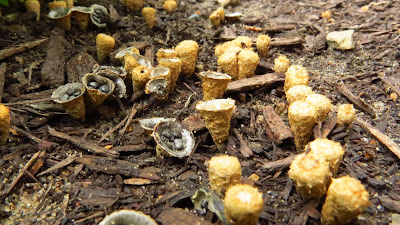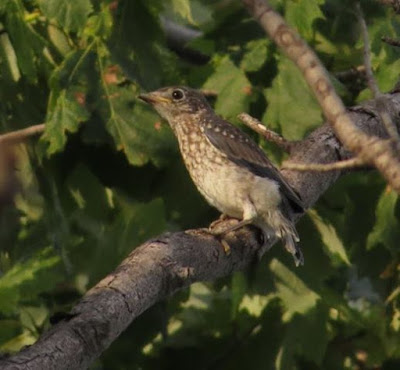Painted Turtle Update!

Although Kenn and I were away from home and missed it, two more baby turtles hatched! And while our hearts might be a teensy bit sad to have missed it, we couldn't be happier that our dear friend Tiffanie got to share this experience with her daughter. In fact, after looking at the pictures and seeing the radiant, happy smile on Delaney's face as she released these tiny bundles of life, we wouldn't change the way these two baby turtles came into the world for anything. Hatchling baby turtle #2 has arrived! And if you look closely, above #2, you can see the head of #3 just beginning to emerge! Just look at that beautiful, happy smile! Baby turtles are definitely smile-inducing! Delaney sends one tiny hatchling off into its new aquatic world! There are still a few more to hatch, so we'll keep you posted!











